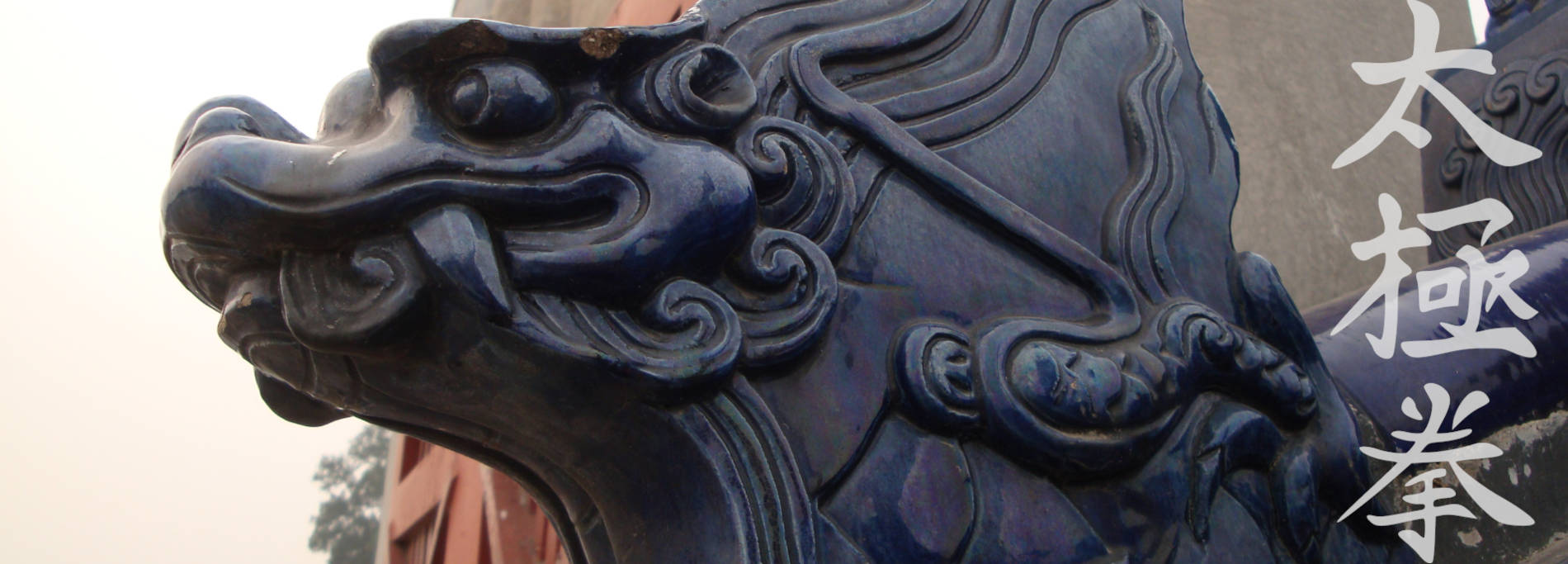Concepts & Theory
This is surely a format not so often seen or done, but in my experience it is difficult especially for a Western audience to put things into a real practice without understanding the concepts which have been handed down in Chinese martial arts theory.
Taijiquan is surely about embodiment and not a mere conceptual endeavor. But without understanding how terms like 气 qi, 意 yi, 劲 jin and so on can be put into proper practice, they become mere folkloristic expressions which don't mean anything. This can even lead to a less integrated practice for many if they train and try to cultivate something which is conceptually unclear. Chen Zhaokui and Chao Zhenmin once wrote:
When I started to learn from my shifu Chen Yu I began to understand how exact the Taiji method really works if we want to put the work in and how much the knowledge of key mechanics and key concepts is crucial for a correct practice. A lot of the stuff I talk about in the following video is not usually discussed and even less is ever being shown. However, it is a very informal and casual setting which hopefully helps people to focus on the contents. I also hope the setting shows how we generally train - with fun, diligently, on eye-level, with mutual respect, in a detailed and comprehensible way. Enjoy and maybe the format will trigger some new questions for your training ;-)
These are the questions which were asked in the first session:
0:00 Start of the session
0:17 What are some training methods for the dang area?
2:24 Explanation of the body parts
3:09 Practical demo of some methods
7:30 How do weight distribution and dang methods work together?
9:50 Does the dang connect me more in daily life?
11:37 Why or when would we choose one of the four weight transitions?
16:58 What's the best way to train tensile stretching?
21:28 What is the rib binding we use in the curriculum?
25:35 Is this important to avoid floating throughout the form?
26:43 What are the strategies to train through plateaus?
29:16 Progression in internal martial arts
34:09 Is it necessary for beginners to know the applications?
36:43 Is the art principle-based or application based?

